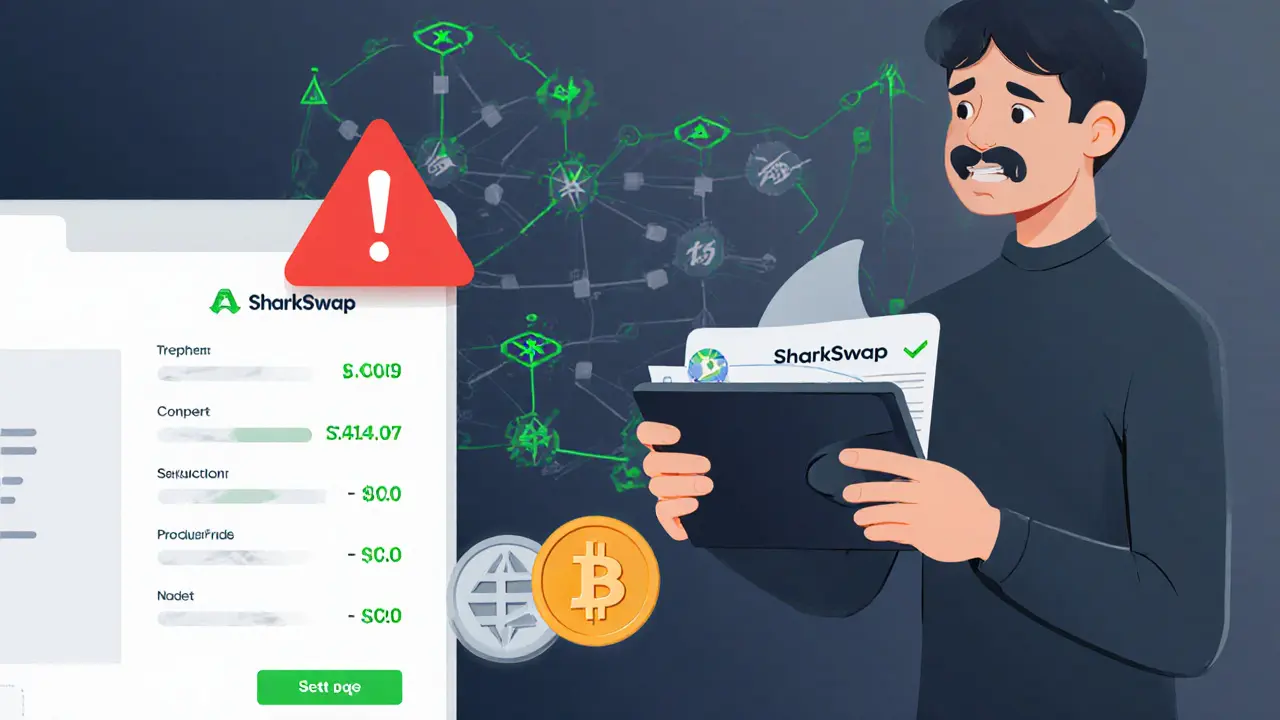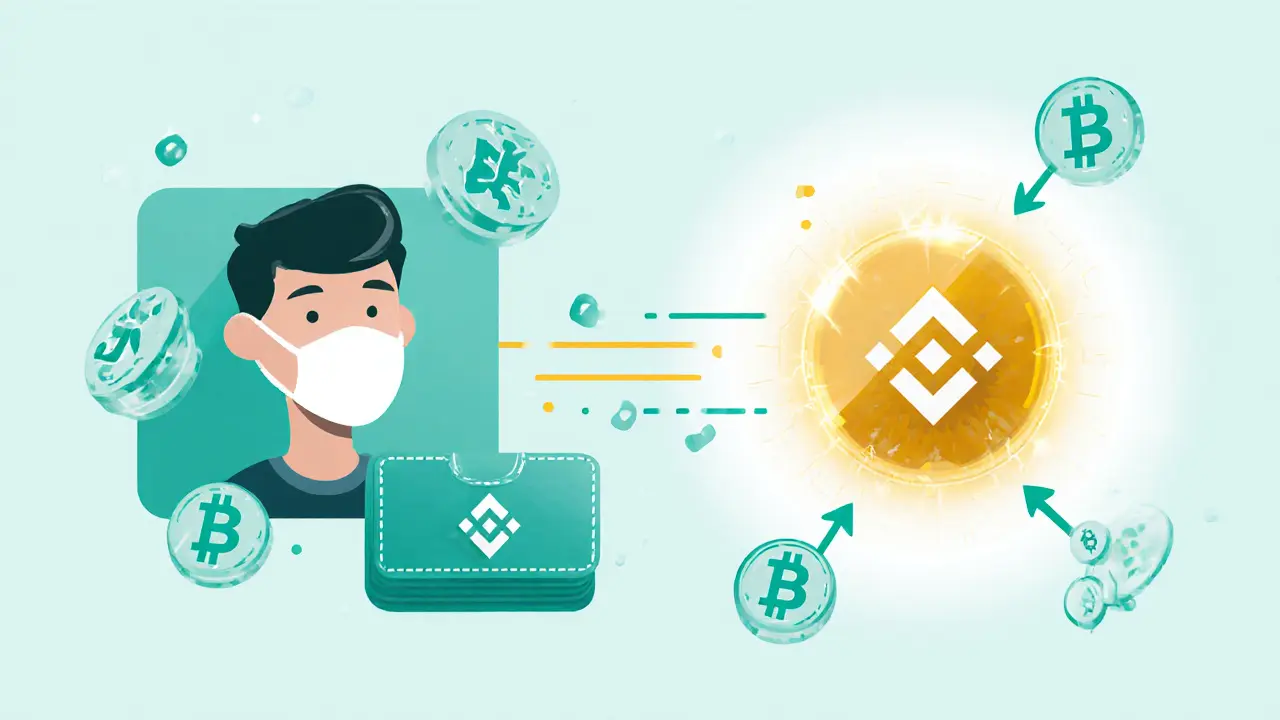DEX Explained: What It Is, How It Works, and Which Ones Actually Matter in 2025
When you trade crypto on a DEX, a decentralized exchange that lets users swap tokens directly from their wallets without a central company holding their funds. Also known as a decentralized crypto exchange, it removes banks, brokers, andKYC forms—but only if it actually works. Most people think all DEXs are the same. They’re not. Some are live, liquid, and used daily. Others are ghost towns with $0 volume, fake websites, or no code behind them at all.
A real DEX, a decentralized exchange that lets users swap tokens directly from their wallets without a central company holding their funds. Also known as a decentralized crypto exchange, it removes banks, brokers, andKYC forms—but only if it actually works. needs three things: liquidity, users, and trust. Without liquidity, your trade won’t go through. Without users, the platform dies. Without trust, you’re just sending money into the void. That’s why Uniswap, a leading decentralized exchange on Ethereum that powers most token swaps with automated market makers. Also known as a AMM DEX, it’s the backbone of DeFi because it’s been running for years with real volume and open-source code. still matters, while Wagmi (Kava), a nearly unused DEX on the Kava blockchain with under $400 daily trading volume and zero community support. Also known as a low-liquidity DEX, it’s a dead end for anyone serious about trading. doesn’t. Some DEXs like HB DEX, a built-in trading tool in HB Wallet that lets users swap Ethereum tokens without leaving the app. Also known as a wallet-integrated DEX, it’s convenient but limited by its lack of cross-chain support and thin order books. are tied to specific wallets, which helps beginners but locks you in. Others, like WBTC, a wrapped version of Bitcoin that lets BTC be used in Ethereum-based DeFi protocols. Also known as a wrapped asset, it bridges Bitcoin’s security with Ethereum’s liquidity—but depends on centralized custodians. aren’t exchanges at all. They’re bridges. And bridges can break if the people holding the keys disappear.
The DEXs that survive in 2025 aren’t the ones with flashy websites or big marketing. They’re the ones with real people trading, real liquidity pools, and real transparency. You’ll find both here. Some posts show you how DEX tools like Uniswap on Celo help people in emerging markets trade stablecoins for under a penny. Others warn you about fake platforms like LocalCoin DEX and Coinbook—scams that look real until you deposit and vanish. You’ll see why some DEXs like IceCreamSwap (Blast) have $0 volume and why others like Wagmi (IOTA EVM) only make sense if you’re deep into one blockchain. This isn’t theory. It’s what’s actually happening on-chain.
SharkSwap Crypto Exchange Review: What You Need to Know in 2025
SharkSwap is a decentralized crypto exchange with no public team, audits, or trading volume. It's only mentioned in tax guides because it generates taxable events. Learn why most users should avoid it in 2025.
Details +Nomiswap Crypto Exchange Review: 0% Fees, Referral Rewards, and What You Need to Know in 2025
Nomiswap is a decentralized exchange offering 0% trading fees through its NMX token cashback system. With a unique binary referral program and high APY farming, it's ideal for users seeking passive income on BSC - but limited token options and slippage risks require caution.
Details +
